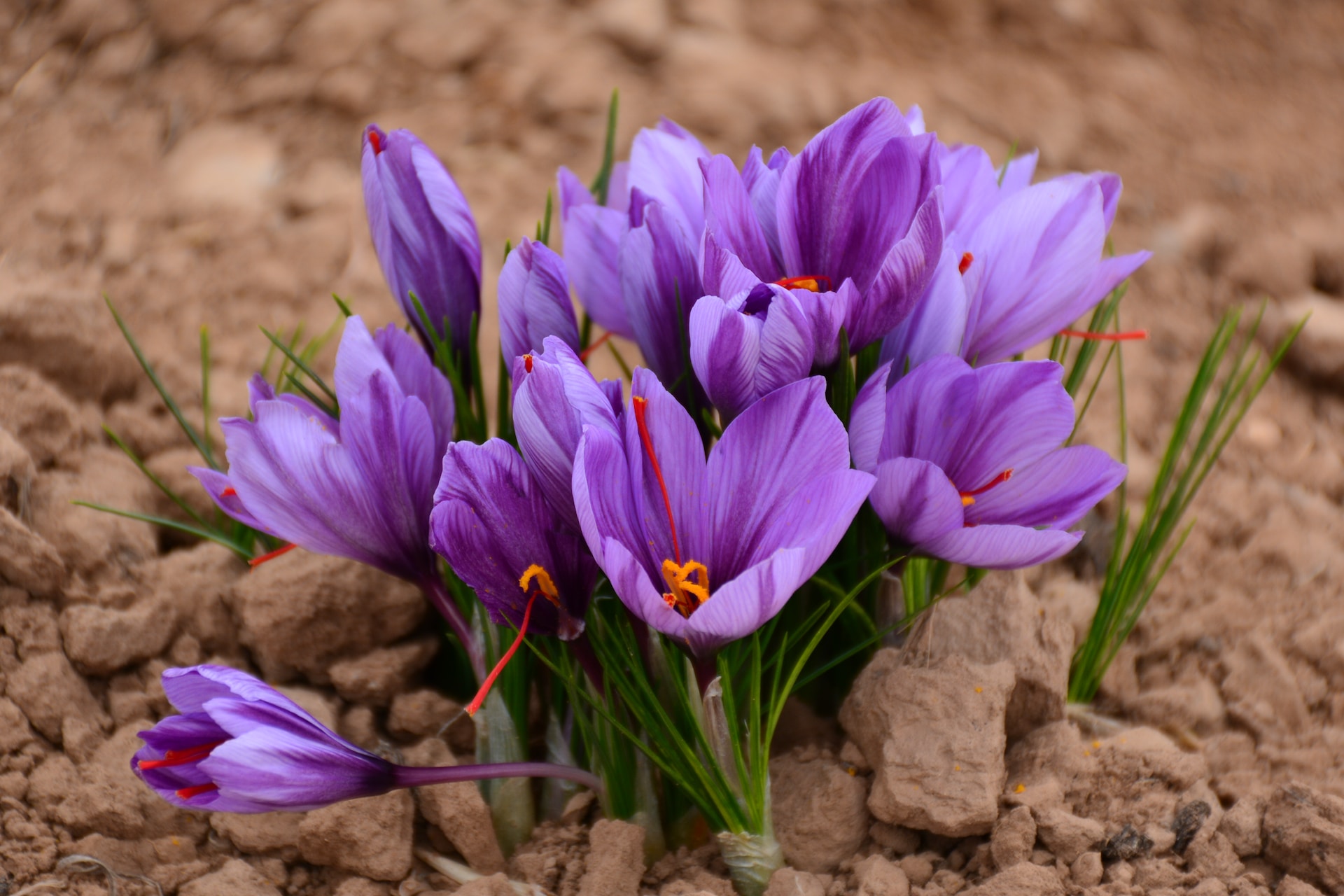Kashmir: The Land of Saffron – Exploring the Mystique of Kesar

Step into the enchanting land of Kashmir, renowned as the paradise on Earth, where saffron, locally known as “Kesar,” holds a special place. Delve into the allure of this precious spice, its cultivation, and the cultural significance it carries.
Join us on a journey to discover the wonders of Kashmir and the captivating story of Kesar. Explore more fascinating articles like this on factober.com, where knowledge comes alive.
Nestled amidst majestic mountains and picturesque valleys, Kashmir is not only blessed with breathtaking landscapes but is also famous for its rich cultural heritage. One of the most treasured and cherished symbols of Kashmiri culture is saffron, known as “Kesar” in the local language. Let’s embark on a journey to unravel the mystique of Kesar and the fascinating world of Kashmir.
The Elixir of Kashmir
Kesar, the golden-hued spice, is derived from the delicate stigma of the saffron crocus flower (Crocus sativus). Each flower contains only three precious strands of saffron, which are carefully handpicked during the brief autumn season. Known for its vibrant color, distinct aroma, and unique flavor, Kesar has been treasured for centuries for its culinary, medicinal, and cosmetic properties.
Cultivation in the Valley of Saffron
The saffron fields of Kashmir adorn the Pampore region, often referred to as the “Valley of Saffron.” The cultivation of Kesar in this region dates back over 2,000 years. The labor-intensive process of cultivating saffron involves meticulous planting, nurturing, and harvesting of the crocus flowers. The flowers bloom for just a few weeks in autumn, requiring skilled hands to delicately extract the valuable saffron threads.
The Art of Harvesting
During the harvest season, farmers rise early in the morning to gather the blossoming flowers. Delicately plucking each stigma by hand, they collect the crimson threads of saffron, which are then dried to enhance their flavor and aroma. This intricate process requires patience, precision, and a deep understanding of the saffron flower’s life cycle.
Culinary and Medicinal Significance
Kesar is renowned for its culinary delights and its ability to infuse dishes with a distinctive taste and vibrant color. Kashmiri cuisine boasts an array of saffron-infused delicacies, including the famous saffron-infused rice dish, “Kashmiri Pulao,” and the delectable saffron-infused tea, “Kahwa.” Moreover, Kesar is believed to have various health benefits, such as aiding digestion, improving mood, and promoting overall well-being.
Cultural Heritage and Symbolism
In Kashmiri culture, Kesar holds a significant place. It is not only an ingredient but also a symbol of prosperity, fertility, and divine blessings. The use of Kesar is deeply intertwined with traditional Kashmiri ceremonies, weddings, and festive occasions. The aromatic fragrance of Kesar fills the air during these celebrations, creating an atmosphere of joy and enchantment.
Kashmir, with its breathtaking natural beauty and the allure of Kesar, is a testament to the rich cultural heritage of the region. Its intricate cultivation process, culinary delights, and cultural symbolism make Kesar an invaluable gem of Kashmiri tradition.
For more captivating articles that take you on a journey of exploration and enlightenment, visit factober.com. Uncover the wonders of the world, unravel the mysteries of nature, and expand your knowledge with our diverse range of articles. Embark on a quest for understanding and discover more intriguing stories today!





